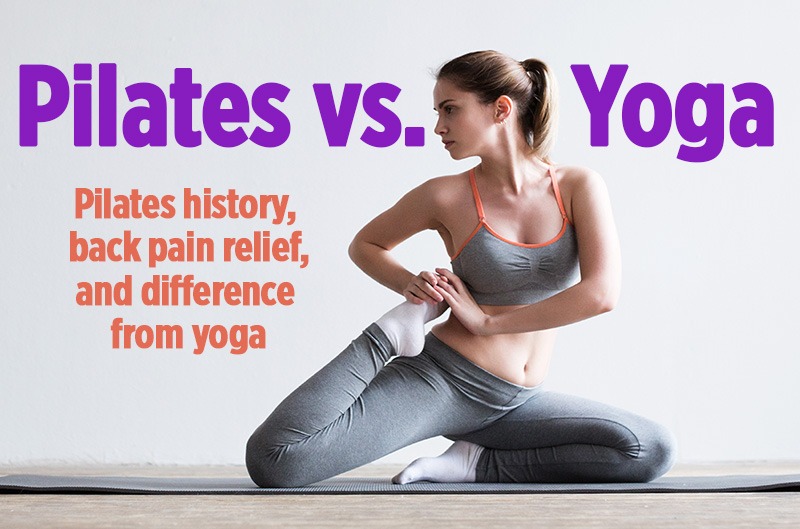
Intense back pain – from normal wear and tear, too much sitting, or athletic injury – can knock you down and alter the course of your life.
Patients often turn to medication, surgery, or physical therapy for some sweet relief. But Dr. Sebastian Klisiewicz, a physical medicine and rehabilitation physician who works with Lee Health, recommends Pilates to help patients manage their pain.
“It is something that has really changed spine care quite a bit,” he says. “Our Pilates therapy is not just like other therapies that you may have tried. It is extremely powerful, and patients are very receptive.”
What is Pilates?
Developed by Joseph Pilates in the early 20th century, Pilates uses movement to build strength and flexibility. It’s a lot like yoga – but many experts say yoga involves more of a spiritual element and meditation. While Pilates works with the idea that the mind and the body are connected, it also tends to be more physical and more structured, pushing regimented movements that align the spine and strengthen the core.
Lee Health physical therapist Kim Pires works with patients who have had back pain for years.
“Once they kind of get on board with learning some of the basic principles of Pilates, they actually can find it quite relaxing,” she said.
So what are some of those basic principles?
Pilates therapy focuses on breathing, movement, and core strength to gradually alleviate back pain.
“No matter what the age is we all need to be able to control our spines,” she says. “One of your biggest principles is your use of breath. Our breath will help to facilitate our movement. Your diaphragm is a core muscle that works in harmony with your pelvic floor.”
That means you are going to be doing some work on your core so your back will be better supported: pelvic tilts, chest lifts, and pelvic curls. These all involve lying on your back with your knees bent and using your abdominal muscles to push your pelvis and chest upward. You flip over on your stomach for a swan prep – bringing your hands under your shoulders and pushing upward – to lengthen your spine and your back extensors.
Once you are used to these basics, a Pilates specialist will get you started on kneeling arm and leg reaches and working with machines. The different equipment helps patients improve posture and core strength.
“We can lie down and still help to promote the stability and resistance, but they don’t have to be upright right away. They don’t have to be standing right away, and there’s comfort and less pain with that,” Pires said.
Other benefits
Pilates can also help some patients with hip pain, foot pain, hip replacements or knee replacements. The exercises can be used at home to help them continue to manage their pain.
“Our goal is to provide individuals with return to participation of an individual’s lifestyle including work, recreation, family, and community,” Kim says. “A rehabilitation Pilates practitioner will define impairments, activity limitations and participation restrictions; and implement a treatment plan designed for mobility, strength and/or control.”
Besides repairing your back, Pilates has other proven benefits: You’ll feel more coordinated and refreshed, you’ll have more self-awareness and confidence, and you will begin to feel more in tune with your mind, body and spirit.
If you would to contribute to Healthy News, please contact us at Social@LeeHealth.org

